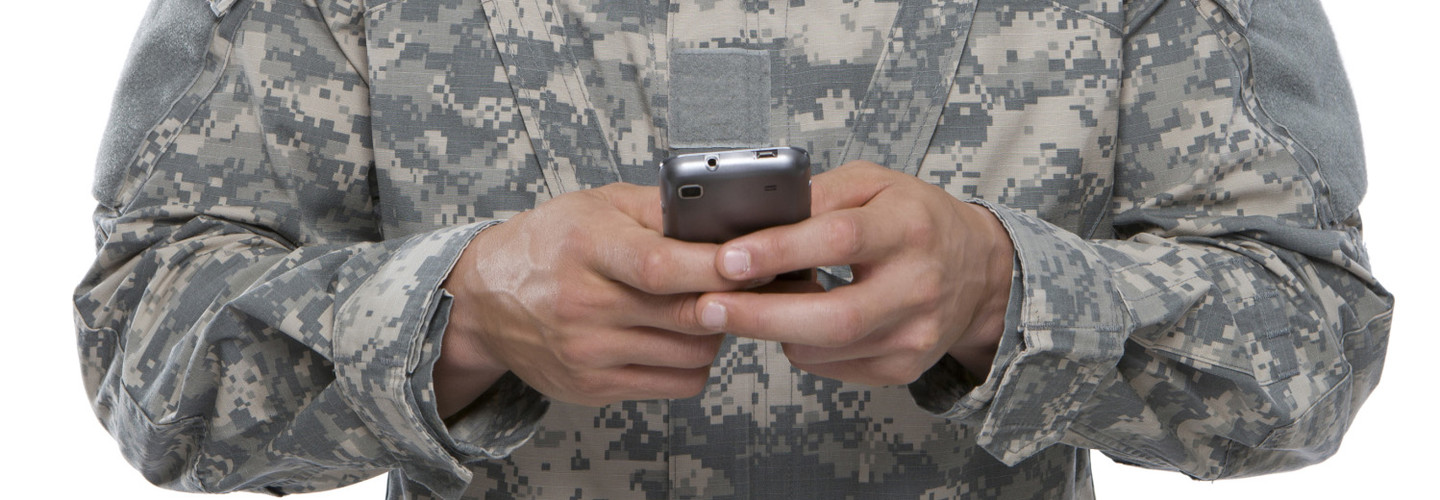Real Smartphones Have Curves
Under development from top manufacturers, a new generation of pliable or curved cellphones shows promise for real-world applications within the intelligence community, the military and, eventually, the civilian market.
“There has been a lot of talk about developing a truly pliable phone that fits in a pocket and doesn’t break,” says Randy Siegel, founder of Center Circle Consultants, a company that specializes in federal mobility.
Such devices would not only fit the contours of the hand and face but would also be more durable, with easier-to-read screens, compared with their flat counterparts.
“A pliable or foldable phone could offer valuable advantages in terms of convenience and portability and might also improve ergonomics,” says Siegel, who is vice chair of the AFCEA DC Mobile Working Group.
Mobile phone manufacturers are already bringing the new and improved design to market. In early 2015, LG released its second-generation model, the G Flex 2, which features a 23-degree arc and some flexibility.
Now, it’s a race to see which manufacturer can push the envelope even further, differentiating itself in a saturated marketplace, says William Stofega, IDC’s program director for mobile device technology and trends.
“We understand that Samsung has ambitious plans and has opened up a fabrication facility to build these things, but it’s got to come in steps,” he says. “This is about trying to create something that’s not just flexible, but bendable.”
Although representatives from Samsung and other manufacturers declined to comment about future technologies, Stofega estimates that bendable phones are still two to three years away from becoming reality.
The Process
As for the curved phones that are already on the market, displays are built from organic light-emitting diodes (OLEDs) on top of a flexible substrate. Their production involves an entirely new manufacturing process known as thermoforming.
“You have to heat up the glass to an exact temperature and bend the glass over the frame,” Stofega explains. “It sounds simple, but it really isn’t.”
Once pliable phones are more available, it’s likely that niche markets will adopt the devices before manufacturers open them up for mass consumption.
“Let’s say that you’re a warfighter or a clandestine operative working in a rugged environment. You might want something that’s more discreet and able to fold,” Siegel says.
The idea that users could bend the device around like putty — eliminating reliance on a stand — also makes it ideal for fieldwork. Stofega envisions government and military workers, and possibly those in intelligence, using pliable phones in operations that involve fitting into small spaces.
When these specialized phones finally enter the general consumer market, they won't be cheap: Stofega estimates that they’ll clock in around $600 to $700 each. That’s because manufacturers won’t begin cost-efficient high-volume production until the product proves itself in the untested market.
“What you’ll eventually see is, the device catches on, manufacturing costs go down, other people will be able to manufacture it, and there will be more competition,” Stofega predicts.








